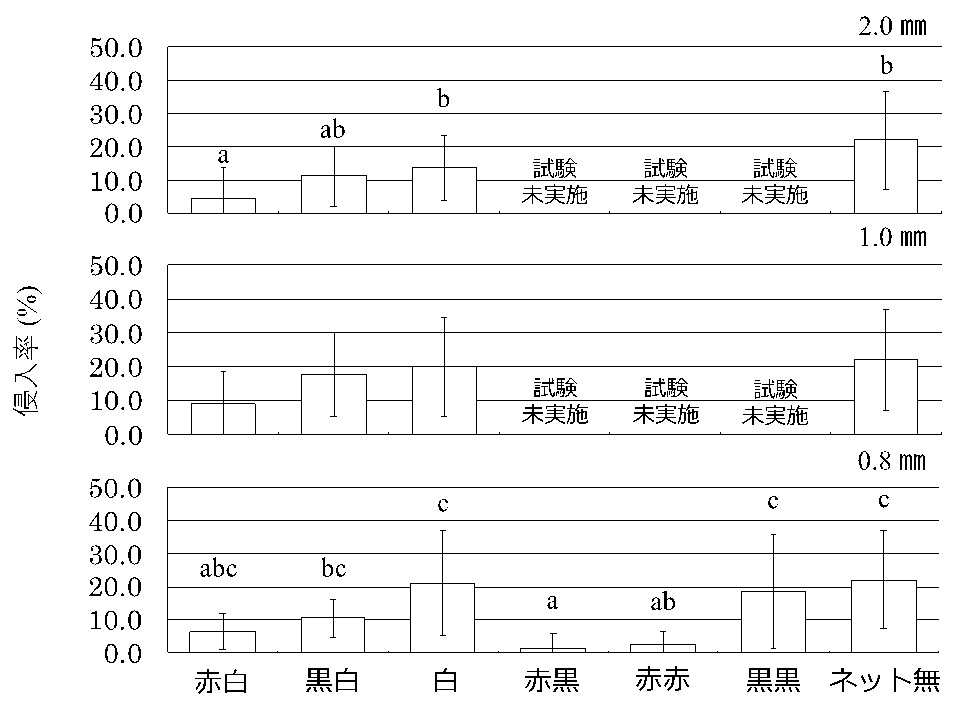2024-02-14 米国国立標準技術研究所(NIST)
◆NISTとJILAの物理学者は、ストロンチウム原子を使用して超伝導体をシミュレートし、長年予測されていた挙動を観察しました。この研究は、超伝導体の相互作用に新しい相を観測し、より頑健な超伝導体を構築する手助けとなる可能性があります。
<関連情報>
- https://www.nist.gov/news-events/news/2024/02/scientists-observe-long-predicted-superconductor-property-using-quantum
- https://www.nature.com/articles/s41586-023-06911-x
空洞QEDシミュレーターでBCS超伝導体の動的相を観測する Observing dynamical phases of BCS superconductors in a cavity QED simulator
Dylan J. Young,Anjun Chu,Eric Yilun Song,Diego Barberena,David Wellnitz,Zhijing Niu,Vera M. Schäfer,Robert J. Lewis-Swan,Ana Maria Rey &James K. Thompson
Nature Published:24 January 2024
DOI:https://doi.org/10.1038/s41586-023-06911-x

Abstract
In conventional Bardeen–Cooper–Schrieffer superconductors1, electrons with opposite momenta bind into Cooper pairs due to an attractive interaction mediated by phonons in the material. Although superconductivity naturally emerges at thermal equilibrium, it can also emerge out of equilibrium when the system parameters are abruptly changed2,3,4,5,6,7,8. The resulting out-of-equilibrium phases are predicted to occur in real materials and ultracold fermionic atoms, but not all have yet been directly observed. Here we realize an alternative way to generate the proposed dynamical phases using cavity quantum electrodynamics (QED). Our system encodes the presence or absence of a Cooper pair in a long-lived electronic transition in 88Sr atoms coupled to an optical cavity and represents interactions between electrons as photon-mediated interactions through the cavity9,10. To fully explore the phase diagram, we manipulate the ratio between the single-particle dispersion and the interactions after a quench and perform real-time tracking of the subsequent dynamics of the superconducting order parameter using nondestructive measurements. We observe regimes in which the order parameter decays to zero (phase I)3,4, assumes a non-equilibrium steady-state value (phase II)2,3 or exhibits persistent oscillations (phase III)2,3. This opens up exciting prospects for quantum simulation, including the potential to engineer unconventional superconductors and to probe beyond mean-field effects like the spectral form factor11,12, and for increasing the coherence time for quantum sensing.



